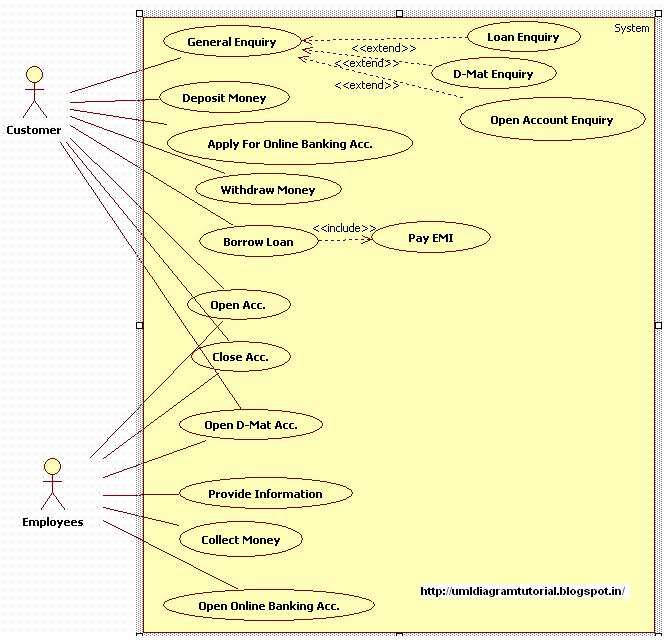


But there are still important things to know to ensure you’re fully prepared. These two write operations have to either both happen, or both not happen, to keep the system consistent.Īwait session.Receiving a wire transfer is fairly simple. You’d have just as big a problem (if not bigger) if you instead credited the destination, but never took money out of the source to cover it. If you successfully take money from the source account, but never credit it to the destination, you have a serious accounting problem.

Imagine you were building a function to transfer money from one account to another where each account is its own record. Let's walk through an example transaction that impacts multiple records. Transactions can impact a single record or multiple records. In this article, we'll explore what an ACID transaction is, how to implement a transaction in MongoDB, and why and when to use one.Ī transaction is a group of database read and write operations that only succeeds if all the operations within succeed. Developers appreciate the flexibility of being able to model their data in a way that does not typically require multi-document transactions but having multi-document transaction capabilities available in the event they do. However, MongoDB supports multi-document ACID transactions for the use cases that require them. We estimate that 80%-90% of applications that model their data in a way that leverages the document model will not require multi-document transactions. MongoDB's data model allows related data to be stored together in a single document. However, not all databases support transactions that work across multiple records, which can be concerning to developers who are accustomed to using them.

Most databases offer transactional guarantees for operations that impact a single record. ACID transactions guarantee that a database will be in a consistent state after running a group of operations.


 0 kommentar(er)
0 kommentar(er)
